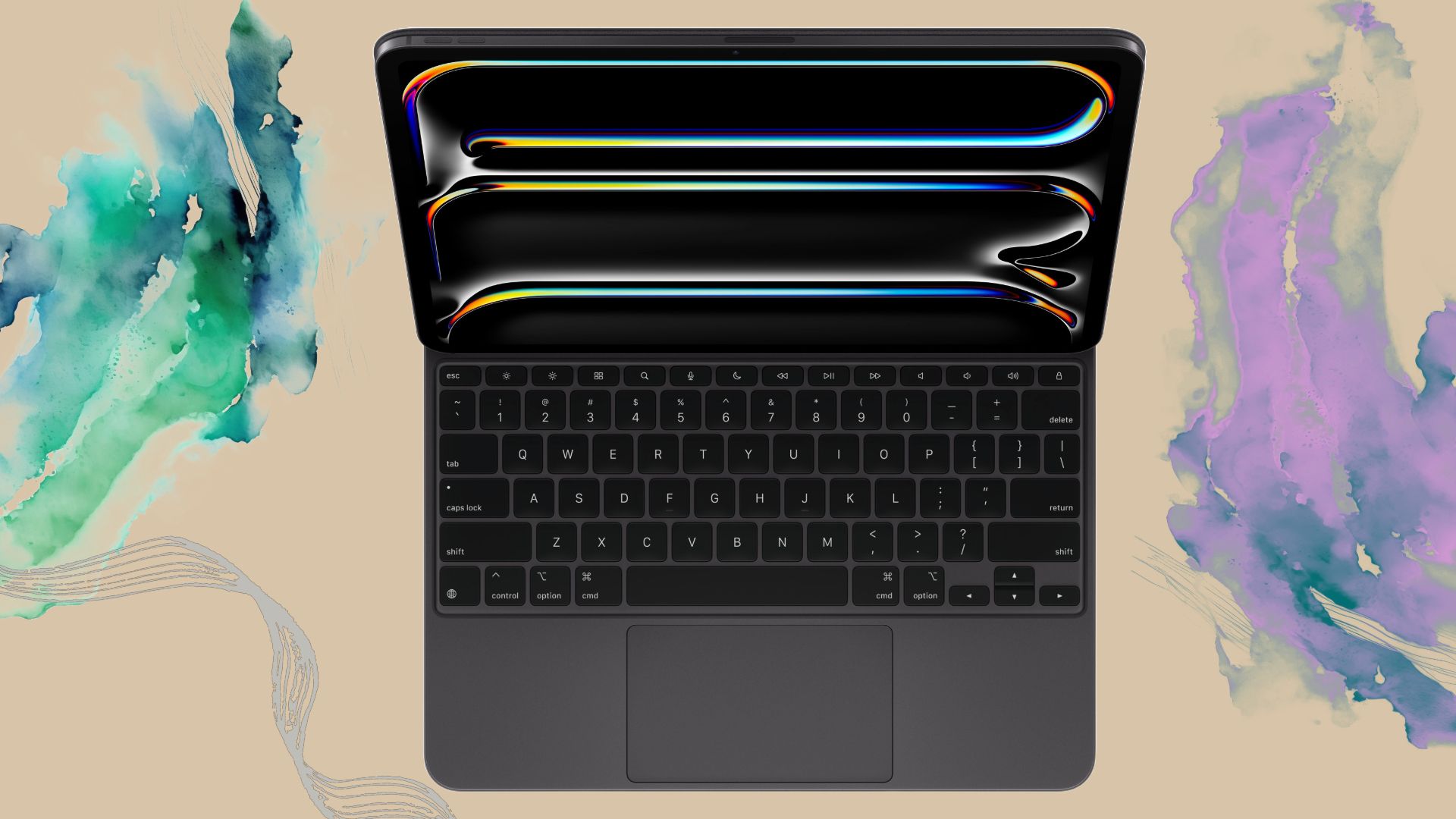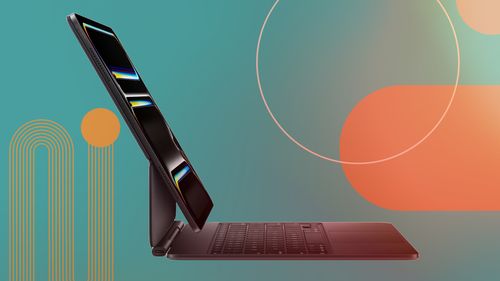Alright, a new iPad Pro is here. At just 5.3mm across, it's skinnier than your ego. Sneakily, Apple has removed the ultrawide camera from this one. Yep. There's also an OLED screen, which is great. Then there's the new M4 processor, which is great, too. But that greatness is not for everyone.
Imagine, if you will, getting a new MacBook Air. The 13-inch variant offers an 8-core GPU. But, if you're willing to part with a few extra dollars, you can ascend to the higher-end M3 version with a 10-core GPU. Alas, you cannot simply pay for the M3 version with a beefier GPU — that would be too easy.
No, Apple has decreed that you must play their infuriating and exorbitantly expensive game. You can't directly choose the 10-core GPU version. Nope. You can ONLY do so indirectly — by paying a few hundred dollars more for a higher RAM + storage configuration.
The iPad Pro has now joined the ranks of this delightful charade. Apple has graciously decided to offer the M-series silicon in two variants for the iPad Pro. The entry-level version comes with 9 CPU cores, while the top-tier trim boasts 10 CPU cores. A mere numerical difference, you say? Well, let's not forget that we're talking about a performance core here, and that can make a world of difference for those pesky creative tasks.

This year, the minimum price increase for the iPad Pro is a significant $999, up from the $799 base price of the M2 iPad Pro. While enhancements such as a faster chip, an OLED display, and a thinner chassis justify the price adjustment, not every modification necessarily adds value. It's worth mentioning that some iPad Pro users have expressed concerns about the device bending.
The pursuit of extreme thinness, like the 5.3-millimeter thickness, may not necessarily benefit the iPad Pro. While an OLED display enhances visual experience, its impact on productivity remains debatable. The faster chip in the M4 iPad Pro offers a 50% performance boost over the M2 iPad Pro, but only in specific tasks.
Apple touts "hardware-accelerated ray tracing" with the M4, a first for the iPad. However, the current availability of AAA iPad games that can fully utilize ray tracing is extremely short in supply. Of course, the Neural Engine capabilities are worth a look, but why, oh why, must Apple segregate the M4 across memory configurations by just one core and ask a few hundred dollars more for the climb?

If you wish to indulge in the 10-core configuration, you must be prepared to part with a significant sum of your hard-earned cash. And forget about a middle ground – it's all tied to the RAM and storage situation because Apple loves to keep things delightfully complicated.
Imagine, if you dare, spending $1,199 on a tablet only to receive 8GB of RAM and not the best processor available. And this is just the 11-inch version we're discussing. If your creative endeavors require a larger screen, be prepared to shell out $1,499 for the privilege of still being limited to 8GB of RAM and the 9-core version of the M4 processor.
But fear not, for Apple has provided a solution – if you're willing to part with at least $1,599 for the 11-inch iPad Pro (1TB), you can bask in the glory of the 10-core M4 silicon and 16GB of RAM. And for the 13-inch model, the minimum price for such an honor soars to a staggering $1,899. Truly, a bargain for the ages!
I've been using an iPad Pro with an M1 silicon for a few years now, and yet, I still can't seem to find a way to truly push this mighty machine to its limits. That's the kind of commitment I seek from a machine.
However, if I were to indulge in the latest M4 iPad Pro with a keyboard bundle, my bill would soar to a whopping $1,500. Alas, I still wouldn't be graced with Apple's best M4 processor. And that's before even considering the exorbitant tariff for cellular connectivity.
That's an outrageous sum to part with for a mere tablet, you say? Perish the thought! I wouldn't dare make any comparisons to how a MacBook Air would offer a fantastic value at that price. After all, this is a tablet running iPadOS, which is incredibly lacking in the same kind of "Pro" apps that a full-fledged workhorse needs.
Sure thing! Feast your eyes on iPad Pro's cool crew - Final Cut Pro, Procreate, Logic Pro, and DaVinci Resolve. But they're not your desktop clones, just their quirky cousins. Let's keep it real - the App Store's 'big league' players are pretty rare, so catching a break where the iPad is your only work buddy is like spotting a unicorn.
And for the unicorn riders out there, strapping the M4 iPad Pro with all its bells and whistles to your tech arsenal doesn't come cheap. Always on the move? You'll want that cellular magic. And, Apple, by playing a fairy godmother, will grant you this wish for the small fortune of $200 – that's tech world pixie dust for ya!
Fuck me sideways, but is that you, Apple? Again...?
Whether Apple truly sees the iPad Pro as a laptop replacement or not, one thing is clear – trying to use those "pro" apps without a keyboard is like trying to run a marathon in roller skates. Can you imagine the sheer chaos of attempting to wrangle DaVinci Resolve or Final Cut Pro using just touch controls?
No keyboard shortcuts to guide you, just you and your fingers dancing a frantic tango across the screen as you try to video edit. It's the stuff that nightmares are made of, my friends. You might as well be editing with your toes at that point!
So, it appears that there may be a need to allocate up to $349 for the new Magic Keyboard. Let's refrain from delving into further calculations at this moment. An important aspect to note is that iPadOS operates within a closed software ecosystem, except for those residing in Europe, offering an altogether different (Read: downgraded) level of flexibility compared to macOS.
It essentially functions as a mobile OS within a screen-friendly interface. All those caveats, and Apple boldly asks you to spend hundreds of extra dollars for more RAM and storage just so you could get another performance core on M4 silicon? Screw this!

